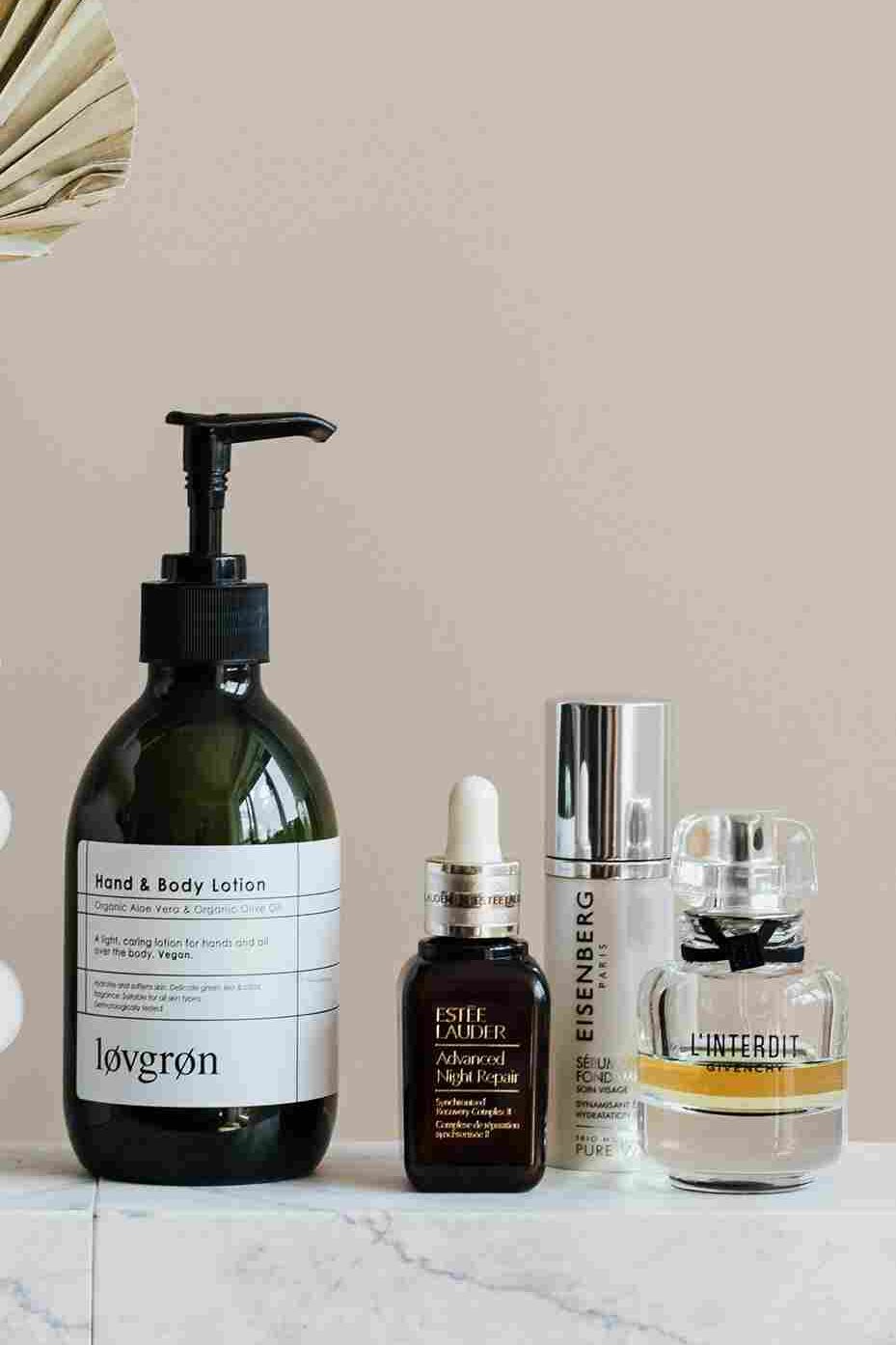Dry skin can feel tight, flaky, and uncomfortable, making hydration a top priority. With countless skincare products available, knowing how to choose face serum for dry skin can be overwhelming. A good face serum deeply hydrates, nourishes, and restores the skin’s moisture barrier. But not all serums are created equal! This guide will walk you through expert-backed tips to help you select the best serum for your dry skin and achieve a radiant, plump complexion.
How to Choose Face Serum for Dry Skin?

1. Understand the Role of a Face Serum
A face serum is a lightweight, fast-absorbing skincare product formulated with concentrated active ingredients. Unlike heavy moisturizers, serums penetrate deeper into the skin to provide intense hydration and target specific concerns like fine lines, dullness, or irritation. Choosing the right serum ensures that your dry skin remains soft, hydrated, and healthy.
Why Serums Are Essential for Dry Skin
- They contain a higher concentration of active ingredients than moisturizers.
- They absorb quickly and deliver nutrients deep into the skin layers.
- They enhance the effectiveness of your skincare routine when used correctly.
2. Look for Hydrating Ingredients
When selecting a serum for dry skin, prioritize ingredients that attract and retain moisture. Key hydrating ingredients include:
- Hyaluronic Acid – A powerhouse humectant that holds up to 1,000 times its weight in water, keeping skin hydrated and plump.
- Glycerin – Draws moisture from the environment into the skin to keep it supple.
- Aloe Vera – Soothes and hydrates sensitive, dry skin while reducing inflammation.
- Panthenol (Vitamin B5) – Enhances hydration and repairs the skin barrier, preventing moisture loss.
- Sodium PCA – A naturally occurring hydrating compound that binds water to the skin.
Bonus Hydrating Ingredients to Consider
- Beta-glucan – A powerful antioxidant and moisture-retaining ingredient.
- Tremella Mushroom Extract – Works similarly to hyaluronic acid but offers additional antioxidant benefits.
- Polyglutamic Acid – Holds even more moisture than hyaluronic acid and boosts its effectiveness.
3. Choose Oil-Based or Water-Based Serums Based on Your Needs
Not all serums have the same formulation. If your skin is extremely dry, consider oil-based serums with nourishing oils like:
- Squalane – Mimics the skin’s natural oils and prevents moisture loss.
- Jojoba Oil – Lightweight, non-comedogenic, and deeply hydrating.
- Argan Oil – Rich in fatty acids and Vitamin E, making it perfect for dry, sensitive skin.
For those who prefer a lighter feel, water-based serums with hyaluronic acid and botanical extracts offer deep hydration without a greasy finish.
How to Identify the Right Formula
- If your skin feels tight and flaky, opt for oil-based serums.
- If you want a lightweight, refreshing texture, go for water-based serums.
- Combination skin may benefit from layering a hydrating serum under an occlusive moisturizer.
4. Avoid Harsh Ingredients That Can Worsen Dryness
Some skincare ingredients can strip moisture from your skin. When choosing a face serum for dry skin, avoid:
- Alcohol – Can cause irritation and dehydration.
- Fragrances & Essential Oils – May trigger sensitivity and redness, especially for dry, sensitive skin.
- Retinoids & AHAs (if not properly balanced) – While beneficial, they can sometimes cause dryness if used excessively.
- Benzoyl Peroxide – Common in acne treatments but too harsh for dry skin.
5. opt for Serums with Skin Barrier Repairing Properties
Dry skin often results from a weakened skin barrier. Look for serums with ingredients that strengthen the skin’s protective layer, such as:
- Ceramides – Restore the skin’s natural barrier and prevent moisture loss.
- Niacinamide – Reduces redness, improves moisture retention, and soothes inflammation.
- Peptides – Support skin repair, hydration, and elasticity.
- Centella Asiatica (Cica) – Calms inflammation and repairs damaged skin.
6. Check Product Texture and Absorption
The texture of a serum matters! For daytime use, lightweight, fast-absorbing serums work best under makeup. At night, a richer, slightly thicker serum provides long-lasting hydration. Always test a small amount on your skin to ensure it absorbs well without feeling sticky.
Additional Factors to Consider
- Layering Compatibility – Ensure the serum works well with your moisturizer and sunscreen.
- Non-Irritating Formulation – Choose dermatologically tested formulas to avoid irritation.
7. Consider Your Skin Type and Seasonal Changes
Even within the “dry skin” category, different needs exist. If you have combination-dry skin, opt for a serum that balances hydration without feeling heavy. In winter, you may need an extra nourishing serum with occlusive ingredients like squalane, while in summer, a lightweight hydrating serum might be sufficient.
How to Adapt Your Serum Routine for Different Seasons
- Winter: Use a richer, oil-based serum for extra hydration.
- Summer: Switch to a water-based, cooling serum.
- Spring/Fall: Adjust based on skin needs, adding layers as necessary.
What to Avoid When Choosing a Facial Serum for Dry Skin
While choosing the right serum is essential, it’s equally important to know what to avoid to prevent worsening dryness and irritation.
Key Ingredients and Factors to Avoid:
| What to Avoid | Why Avoid? |
| Alcohol-Based Formulas | Strips natural oils and increases skin dryness. |
| Strong Acids (e.g., Glycolic Acid in High %) | Can cause irritation and weaken the skin barrier. |
| Synthetic Fragrances | May lead to allergic reactions and sensitivity. |
| Essential Oils (e.g., Citrus, Peppermint) | Can cause redness and irritation in dry skin. |
| Over-Exfoliating Ingredients | Harsh exfoliants can worsen dryness and lead to flaking. |
| Silicones (in excess) | May give a smooth feel but can trap dead skin and cause congestion. |
By avoiding these ingredients and factors, you can ensure that your serum provides the best possible hydration and nourishment for dry skin.
Conclusion
Choosing the best facial serum for dry skin can be overwhelming, especially if you’re unsure where to start. How to Choose Face Serum for Dry Skin? Begin by identifying the essential hydrating ingredients like hyaluronic acid, glycerin, and ceramides, which deeply nourish and lock in moisture. Avoid harsh elements such as alcohol, synthetic fragrances, and over-exfoliating acids that can further dry out your skin.
Consider your skin’s seasonal needs—opt for lightweight serums in summer and richer, oil-based formulas in winter. If you’re struggling with extreme dryness, irritation, or dullness, a well-formulated serum can transform your skin by restoring hydration, strengthening the barrier, and enhancing overall radiance.
Take your time to research different options, test what works best for your skin type, and incorporate the serum into your routine consistently. With the right approach, you can achieve soft, glowing, and healthy skin effortlessly.
Frequently Asked Questions (FAQs)
1. How often should I use a face serum for dry skin?
It’s best to apply a serum twice daily—morning and night—after cleansing and before moisturizing for optimal hydration.
2. Can I use a hydrating serum under makeup?
Yes! Lightweight hydrating serums with hyaluronic acid work well under makeup and help keep your skin plump throughout the day.
3. Should I use a serum alone or with a moisturizer?
Serums should be followed by a moisturizer to seal in hydration and maximize their benefits.
4. What’s the difference between face oil and face serum for dry skin?
A serum is lightweight and penetrates deeply, while a face oil provides surface-level nourishment and locks in moisture.
5. How long does it take to see results from a face serum?
With consistent use, you may start noticing improved hydration within a few days, while long-term benefits like smoother skin texture appear after a few weeks.





